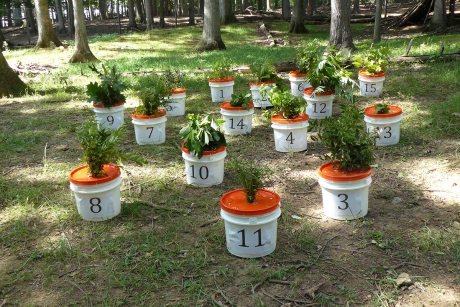
Cornell Chronicle [2016-04-14]:
The dietary preferences of deer may be promoting the spread of such invasive species as garlic mustard, Japanese barberry and Japanese stiltgrass, according to a new study that tested white-tailed deer preferences for seven native and eight invasive plants commonly found in the northeastern U.S.
“Deer avoid certain invasive plants that are increasing in abundance in natural areas, suggesting that deer are causing unpalatable species to spread,” said Kristine Averill, a research associate in Cornell’s Section of Soil and Crop Sciences and the lead author of a study recently published online and in an upcoming print issue of the journal Biological Invasions.
The invasive herb garlic mustard, for example, has spread throughout the United States in the last 150 years and has become one of the worst forest invaders, especially in the Northeast and Midwest. In some areas, it has become the dominant forest underbrush plant, outcompeting native plants and reducing species diversity.


